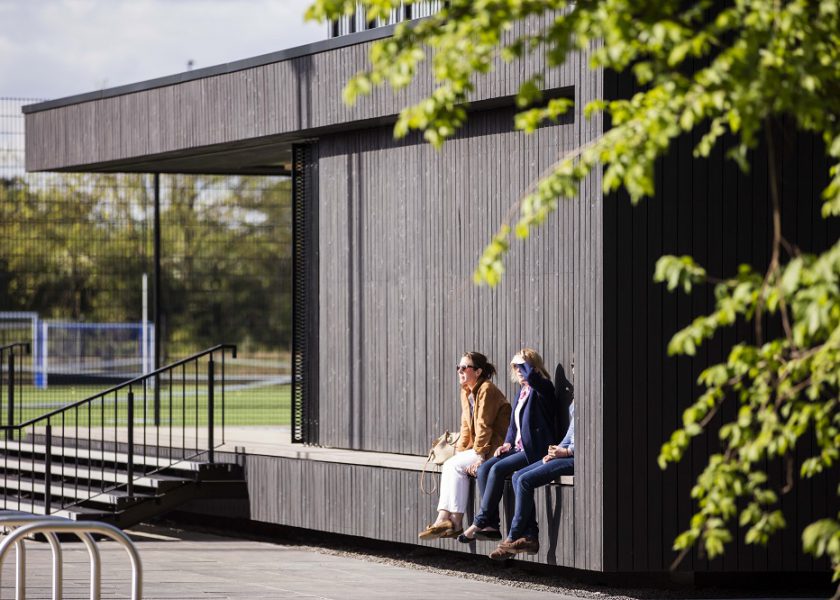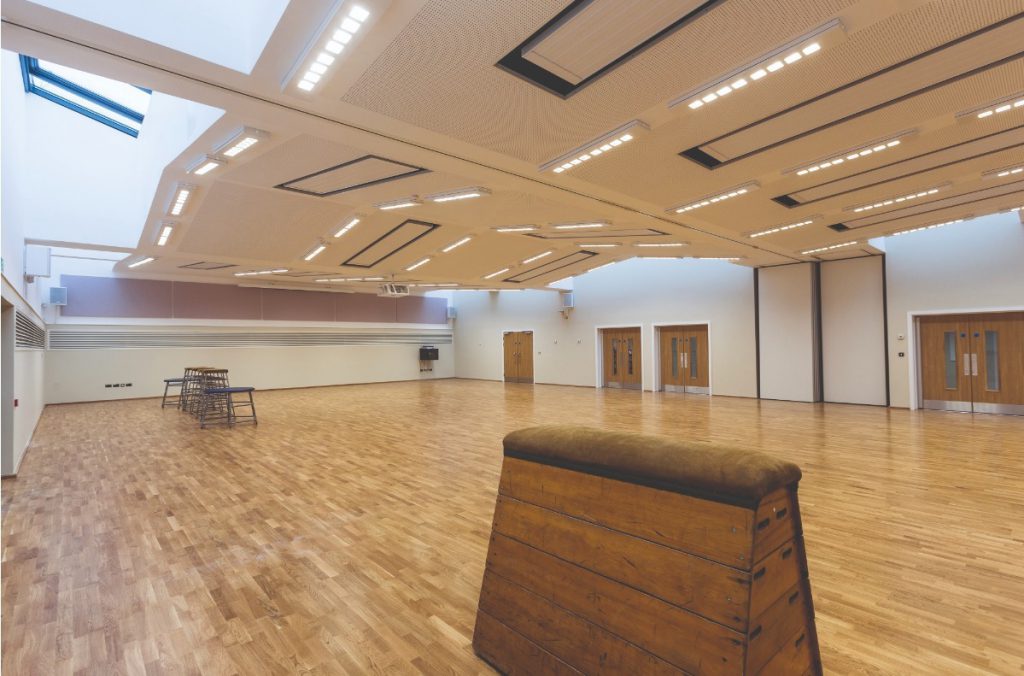The role of timber in the construction of healthy buildings
04/04/2022

Andrew Carpenter, CEO of the Structural Timber Association, explains how the use of timber in building construction can be beneficial for occupants and their well-being.
On average, we spend around 90% of our time indoors and there is a growing appreciation that the buildings we inhabit can have a significant impact on both our mental and physical health. The design and construction of the building can affect this in a number of ways from physical factors such as indoor air quality, acoustics and lighting to the psychological influences of the layout and materials used. Studies have shown that concentration levels in offices, learning and development in educational establishments, and even patient outcomes in healthcare buildings are all affected by our surroundings.
The use of timber in construction is growing due to the sustainability of the material as the only truly renewable building resource. and expanding its use throughout the building can have a number of health and well-being benefits.
Firstly, timber has been shown to reduce stress. A study by the University of British Columbia and FPInnovations found that the presence of wood surfaces in a room lowered sympathetic nervous system (SNS) activation. This is the system responsible for physiological stress responses and is also intrinsically linked to blood pressure, digestion and healing.
Timber within buildings has also been shown to improve physical and mental wellbeing in other ways. A study commissioned by Forest and Wood Products Australia surveyed 1,000 Australian workers and found a correlation between the presence of wood and higher overall satisfaction and lower absenteeism levels, as well as improved concentration and productivity among employees.
Furthermore, timber offers better acoustic performance than other hard surfaces used in building design. Its ability to absorb sound prevents echoes and noise transmission through the building, creating a quieter and more peaceful environment.
Finally, given the link between timber and sustainability, the use of timber can have a positive influence on peoples’ perception of the buildings they inhabit. For example, people can feel good about living in a home constructed of natural materials. In a study conducted by the BRE, 62% of respondents saw climate change as an issue they should be concerned about and 96% said that they had already made changes to be more sustainable. Additionally, 43% said they would prefer to buy or rent a home that had a sustainability certification. In fact, approximately 1 in 5 were prepared to pay more for such a property.
The buildings we live, work and learn in represent a significant part of our daily environment and as such have an important role in our health and well-being. In addition to its well-documented structural and environmental benefits, timber can also help to create healthier places for people.
